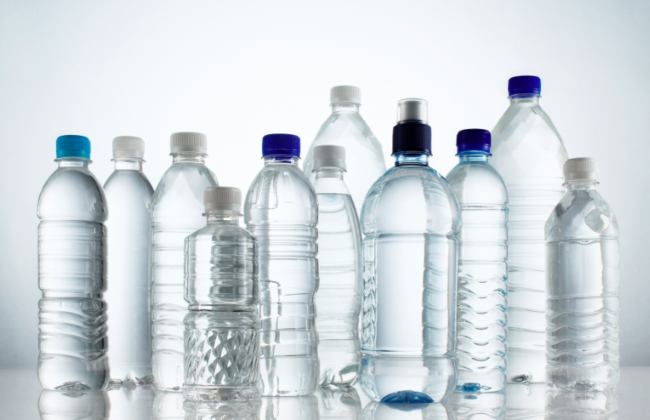We have all got an over flowing tupperware cupboard full of BPA free containers, water bottles, baby bottles and utensils. In recents months, there have been some new concerning reports indicating that BPA’s replacement chemical, bisphenol S (BHS), may be just as harmful.
Bisphenol A (BPA) has been widely removed from the manufacturing of plastics since 2012, after evidence showed it was an endocrine disruptor. BPA is used to harden plastics. BPA can impact brain and reproductive development, been linked to a rise in breast and prostate cancers, and can trigger early puberty. (Source: Scientific American)
A 2013 study by Cheryl Watson, a professor at The University of Texas Medical Branch at Galveston, found that even picomolar concentrations (less than one part per trillion) of BPS can disrupt a cell’s normal functioning, which could potentially lead to metabolic disorders such as diabetes and obesity, asthma, birth defects or even cancer. (Source: Scientific American)
Another study in 2011 published in Environmental Health Perspectives found that almost all of the 455 commercially available plastics that were tested leached estrogenic chemicals. Currently, no federal agency tests the toxicity of new materials before they are allowed on the market. (Source: Scientific American)
The most important testing to show the detrimental impact of bisphenol A and S is on Zebra Fish (because their transparent embryos allow scientists to see and monitor cell growth). “The present study aims to evaluate the impact of BPA and BPS on the reproductive neuroendocrine system during zebrafish embryonic and larval development and to explore potential mechanisms of action associated with estrogen receptor (ER), thyroid hormone receptor (THR), and enzyme aromatase (AROM) pathways. (Source: Press Endocrine) Read Full Article.
Top Tips To Reduce Exposure:
The Breast Cancer Fund (whose sole aim is to reduce breast cancer through reduced exposure to environmental toxins) recommends that consumers wishing to limit exposure to possible toxins in BPA, BPS and other alternatives following the below simple steps:
- Avoid handling receipts as they are lined with BPS and BPF.
- Don’t microwave in plastics
- Drink from glass or stainless steel water bottles
- Skip canned food
Further Reading:
TIME Magazines Tips To Reduce Exposure
Environmental Health Perspectives Guide to BPA for Parents


This is a great article. These tips are very valuable. Thanks for sharing!
What is BPA? And how did they became risk free?